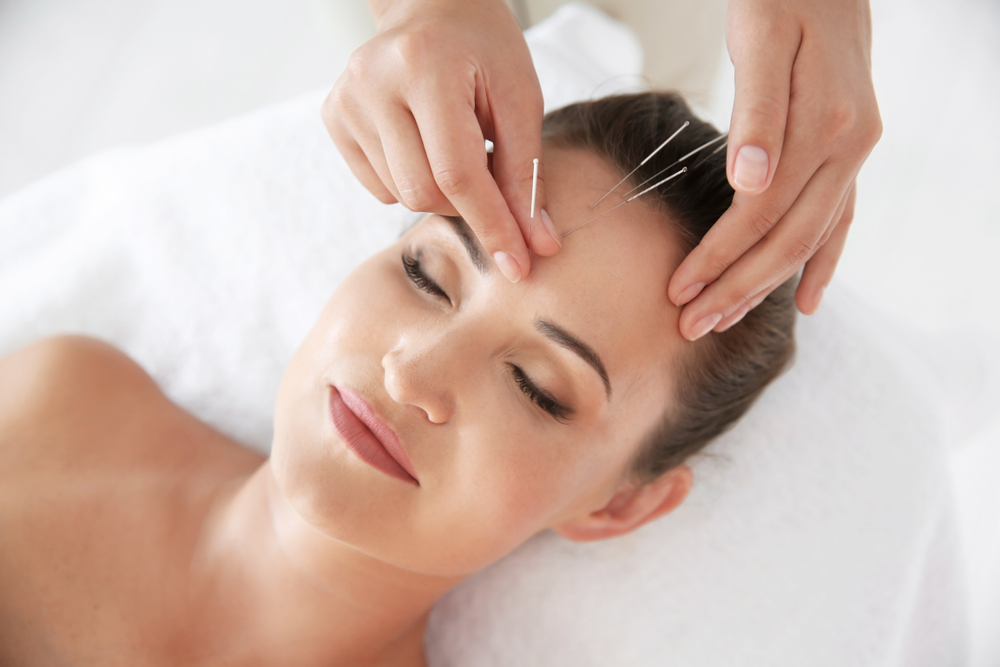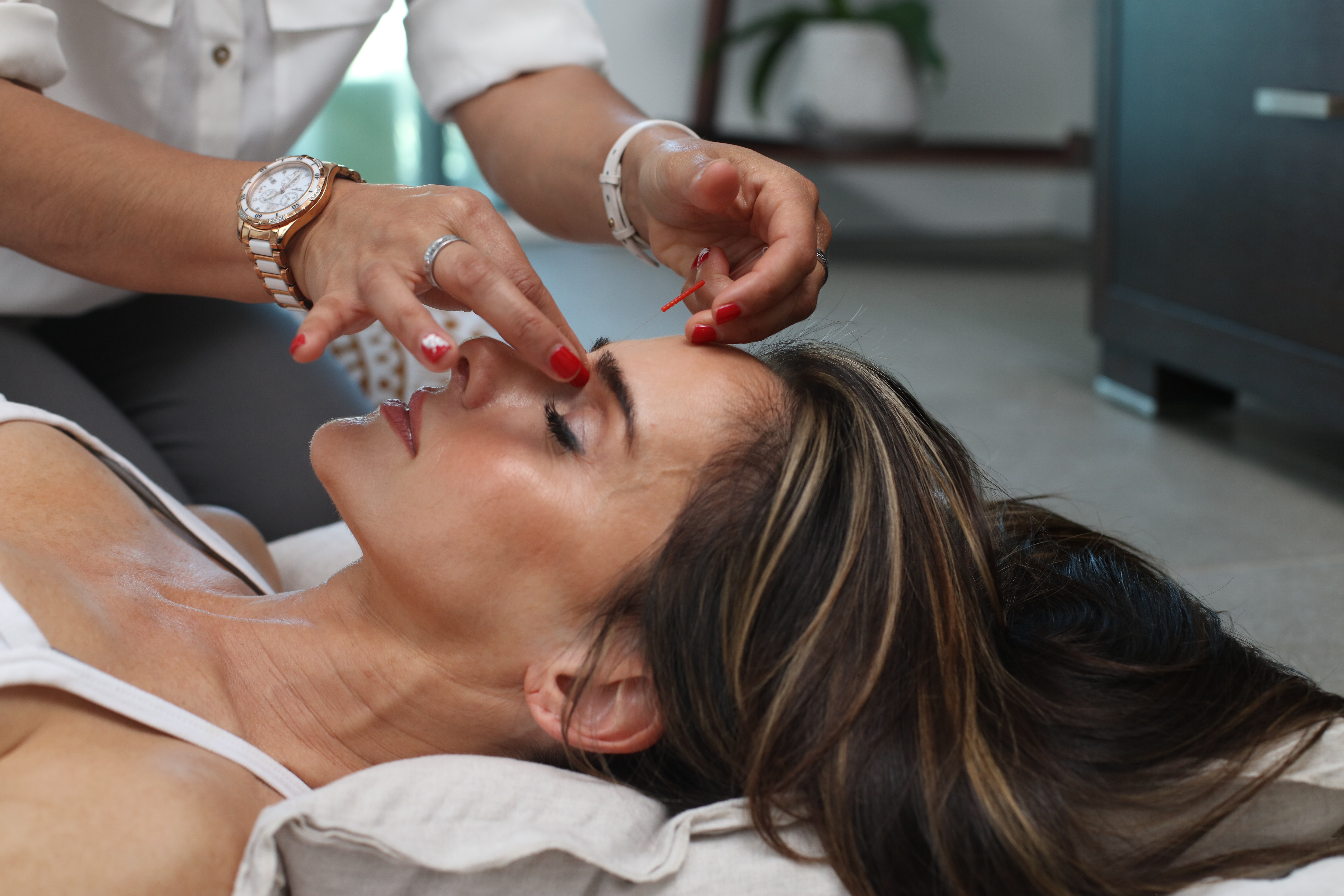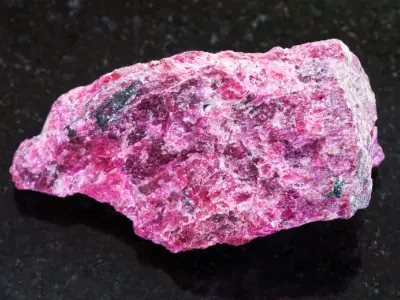Migraines and headaches are common conditions that can significantly impact a person's quality of life. Although there are various treatments available - including medication - some people also find that alternative approaches like acupuncture help them to manage their symptoms.
Acupuncture originates in traditional Chinese medicine, and involves the insertion of very fine needles into specific parts of the body to simulate energy flow and promote healing. In this article, we’ll explore how acupuncture is used as an alternative treatment option for migraines and headaches.

Causes of Migraines
Migraines can be a very debilitating condition. Unlike common headaches, migraines are often accompanied by more severe symptoms like nausea, vomiting and sensitivity to lights and sounds. In extreme cases, some people may experience vivid dreams and visual disturbances (known as “aura”) and even tingling sensations throughout their body.
Depending on their severity, migraines can last from a few hours to several days, making it extremely difficult to carry on with daily life. Although the exact cause of migraines isn’t known or fully understood, they’re believed to occur due to a complex interplay between genetic and environmental factors that affect the nervous system and the brain’s blood vessels.
How Acupuncture Can Help Migraines
Traditionally, the most common treatment for migraines is over-the-counter pain relief medications, such as ibuprofen or paracetamol. For more severe migraines, prescription medicine is usually recommended. Unfortunately for many migraine sufferers, painkillers like these may only provide short lived relief, which is why more and more people are looking to more holistic therapies such as acupuncture, massage, or cognitive behavioural therapy.
One way that acupuncture helps to soothe migraines is by promoting the release of endorphins (the body’s natural painkillers). By stimulating specific points on the body, acupuncture is believed to improve blood flow and reduce inflammation, which may play a role in migraine development.
As it’s an alternative treatment, acupuncture practitioners focus on the flow of energy and the role it plays in healing the body. Acupuncture is thought to restore the balance of the flow of energy (also known as “qi” or “chi”) and remove negative energy from the body. Such negative energy may have been the root of migraine pain all along.
Acupuncture Points for Migraines
In acupuncture, the body is divided into pressure points and zones. Depending on your symptoms, acupuncture needles are inserted at different pressure points, close to the nerves. This action can stimulate the release of painkilling hormones like endorphins.
There are approximately 350 to 400 acupuncture points on the human body, but traditional Chinese practitioners believe that there are many more - over 2000 acupuncture points are thought to exist!

The selection of pressure points used will depend on the person’s symptoms and the underlying causes. The most commonly used acupuncture points for migraines are:
Yin Tang
Location: Between the eyebrows.
This point is thought to relieve stress and tension in the head and face.
Bai Hui
Location: At the top of the head.
This point is believed to help regulate the nervous system and promote relaxation.
Taiyang
Location: At the temples.
This point is thought to alleviate pain and reduce tension in the head and neck.
He Gu
Location: Between the thumb and forefinger.
This point is believed to promote blood flow and relieve pain throughout the body.
Feng Chi
Location: At the base of the skull.
This point is thought to relieve tension and pain in the head and neck.
Zu San Li
Location: On the leg, below the knee.
This point is believed to stimulate the release of endorphins and promote overall relaxation.
San Yin Jiao
Location: On the inside of the leg.
This point is thought to regulate hormones and improve blood flow to the head.
Many people certainly find that acupuncture benefits them and helps to stave off their migraines, either when relied on as a standalone treatment or when combined with medication and lifestyle changes like maintaining a regular sleep schedule, taking steps to reduce stress, avoiding trigger foods or beverages, and staying hydrated.
However, it’s always important to consult with a licensed acupuncturist and a healthcare professional to determine the best treatment plan for your individual needs.
If you’re interested in learning more about acupuncture and its potential benefits, then our companion articles should give you some more details:
If you’d like to learn more, our Introduction to Acupuncture Course is currently available for just £29 for a limited time (reduced from £127). You’ll grasp how acupuncture works, see how to best locate and stimulate acupuncture points, and be shown how to develop treatment plans for specific health conditions. It’s useful for both healthcare professionals who are thinking of expanding their skill sets by learning acupuncture, or for an individual who’s looking to develop valuable knowledge and skills in holistic therapies with a view to obtaining a professional qualification.





